
Understanding Supply and Demand in Financial Markets
Estimated reading time: 4 minutes
Table of contents
- What Is Supply and Demand?
- The Role of Supply and Demand in Forex Trading
- Supply and Demand vs. Support and Resistance
- Trading Strategies Based on Supply and Demand
- Price Action and Supply and Demand Analysis
- Supply and Demand in Cryptocurrency Markets
- Alfonso Moreno’s Supply and Demand Trading Method
- Risk Management in Supply and Demand Trading
- Market Psychology and Its Influence on Supply and Demand
- Using Indicators to Confirm Supply and Demand Analysis
- Overcoming Challenges in Supply and Demand Trading
- Conclusion: The Key to Trading Success
Supply and demand are the backbone of financial markets, driving price movements in forex, stocks, and cryptocurrencies. Mastering these concepts can give traders a significant edge in identifying profitable opportunities.
What Is Supply and Demand?
At its core, supply represents the quantity of an asset available for sale, while demand refers to the willingness of buyers to purchase that asset. When demand exceeds supply, prices rise. Conversely, when supply surpasses demand, prices decline. Traders who understand this dynamic can make informed trading decisions.
The Role of Supply and Demand in Forex Trading
In forex markets, supply and demand zones help traders identify potential entry and exit points. These zones are often influenced by major financial institutions that place large buy or sell orders, creating areas where price movements tend to react strongly.
How to Identify Supply and Demand Zones?
Recognizing supply and demand zones requires careful price chart analysis:
- Supply Zones – Areas where selling pressure is stronger than buying pressure, often leading to price drops.
- Demand Zones – Areas where buying pressure exceeds selling pressure, pushing prices upward.
Using different time frames enhances the accuracy of these zones.
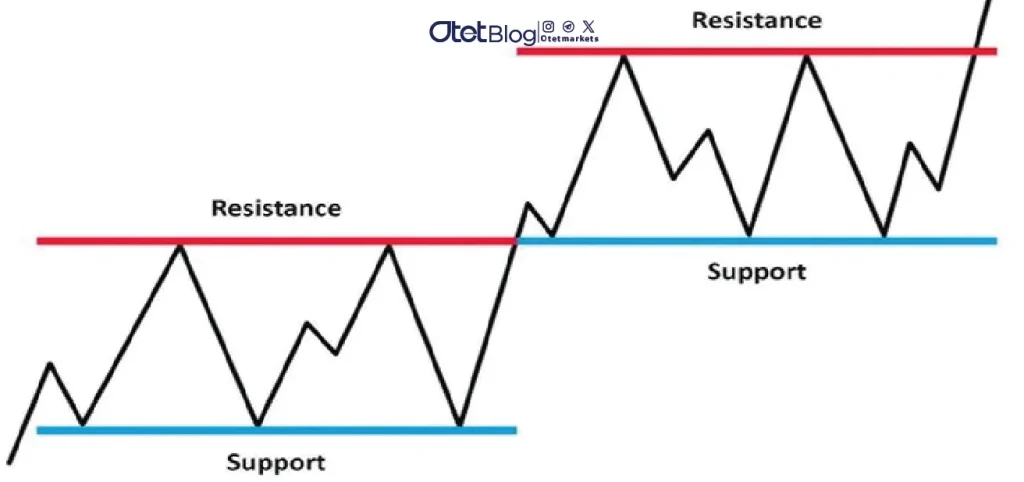
Supply and Demand vs. Support and Resistance
Though similar, supply and demand zones differ from support and resistance levels:
- Support & Resistance – Fixed price levels where the market has historically reacted.
- Supply & Demand – Broader areas that reflect the balance between buyers and sellers.
Understanding this distinction helps traders refine their market strategies.
Trading Strategies Based on Supply and Demand
Traders use two main approaches when trading supply and demand zones:
1. Aggressive Strategy
Traders enter trades immediately when the price reaches a supply or demand zone, aiming to capitalize on quick price reversals.
2. Conservative Strategy
This approach involves waiting for confirmation (such as a candlestick pattern or indicator signal) before entering a trade, reducing risk.
Price Action and Supply and Demand Analysis
Price Action is a trading method that relies solely on price movements rather than indicators. By studying candlestick patterns and historical price behavior, traders can pinpoint supply and demand zones more effectively, improving market accuracy.
Supply and Demand in Cryptocurrency Markets
Supply and demand dynamics play a significant role in crypto markets.
For example:
- Increased demand for Bitcoin or Ethereum can drive prices higher.
- Excessive supply (e.g., large sell-offs) can trigger price declines.
Understanding these shifts helps traders anticipate market movements.
Read More: Journal Writing in Forex: A Practical Guide for Traders
Alfonso Moreno’s Supply and Demand Trading Method
Alfonso Moreno’s strategy emphasizes multi-timeframe analysis to identify high-probability supply and demand zones. While effective, this method requires experience and discipline to execute correctly.
Economics and Financial Markets
Beyond trading, supply and demand principles apply to broader economics. In financial markets, they dictate price trends based on consumer and producer behavior, influencing stock and commodity prices.
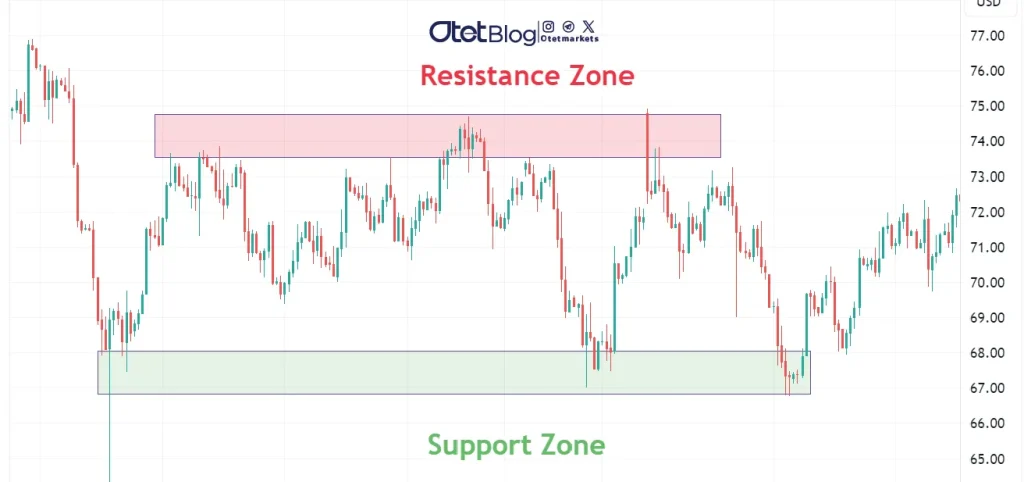
Risk Management in Supply and Demand Trading
Effective risk management is crucial for supply and demand traders.
Key Risk Management Tips:
Use Stop-Loss Orders – Protect capital from unexpected reversals.
Set a Risk-to-Reward Ratio – Ensure potential profits outweigh potential losses.
Analyze Multiple Time Frames – Reduce uncertainty and improve accuracy.
Market Psychology and Its Influence on Supply and Demand
Emotions like fear and greed shape dynamics.
- At demand zones, optimism can fuel buying activity.
- At supply zones, panic can trigger mass sell-offs.
Recognizing market sentiment can improve decision-making.
Using Indicators to Confirm Supply and Demand Analysis
Technical indicators can strengthen strategies:
- Volume Indicator – Confirms strong buying or selling interest in a zone.
- RSI & MACD – Help identify overbought and oversold conditions.
Combining these tools enhances trading accuracy.
Read More: Understanding Technical Analysis
Overcoming Challenges in Supply and Demand Trading
While analysis is powerful, it has challenges.
Solutions
Use multiple time frames to refine zone accuracy.
Continuously update your analysis based on market changes.
Understand market psychology to avoid emotional trading mistakes.
Conclusion: The Key to Trading Success
Mastering supply and demand analysis is essential for profitable trading. By understanding market psychology, applying risk management, and using technical analysis, traders can gain a significant advantage in financial markets.
Share
Hot topics

What Is a Forex Robot and How Does It Work?
If you hang out with traders, in person, online, on Telegram or YouTube, you’ve probably seen someone talking about “Forex bots” or trading robots that can do some of the...
Read more
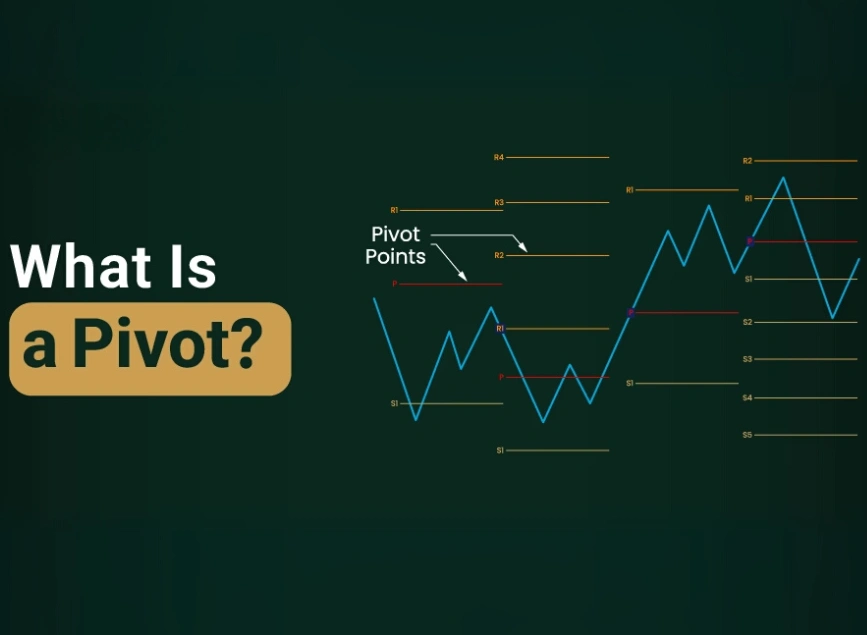
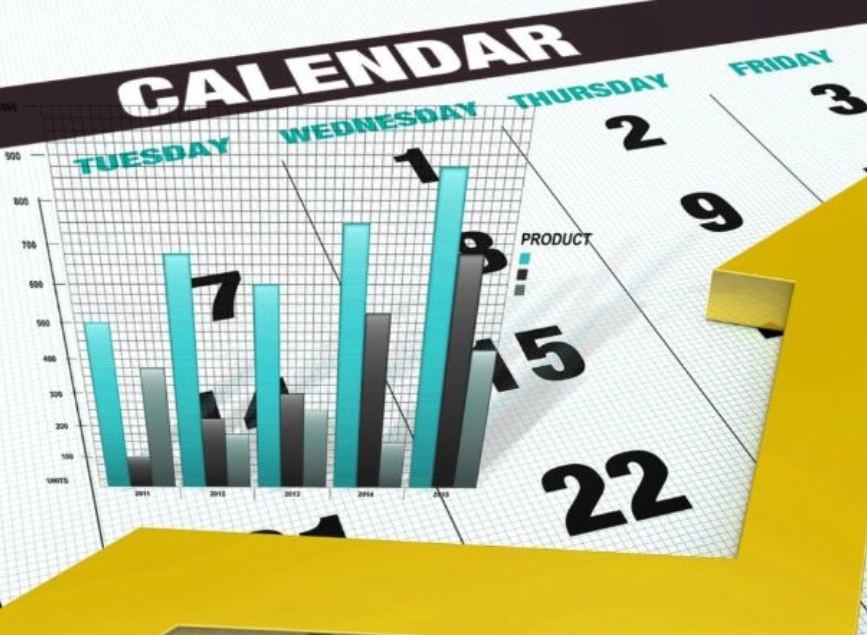
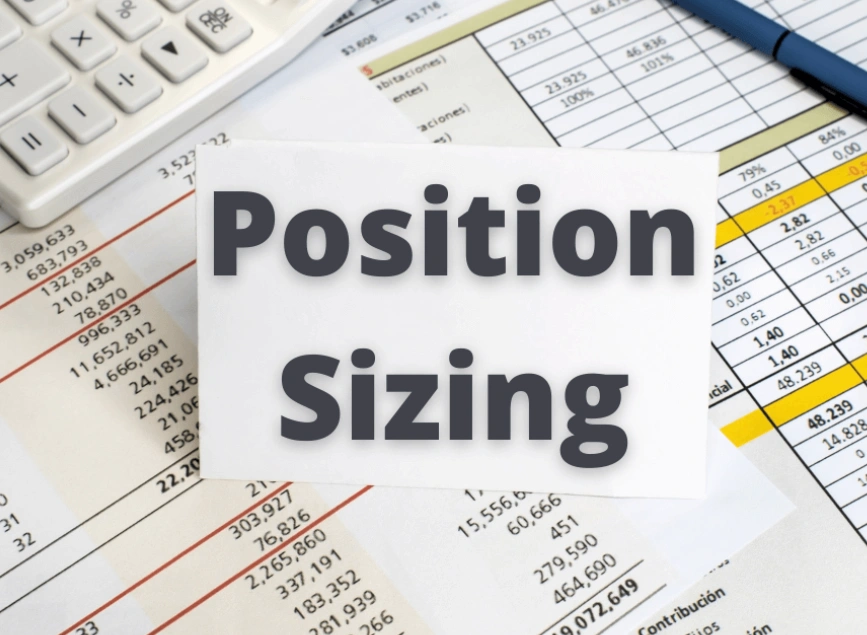

Submit comment
Your email address will not be published. Required fields are marked *